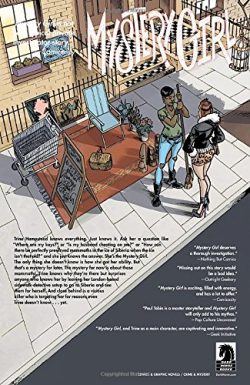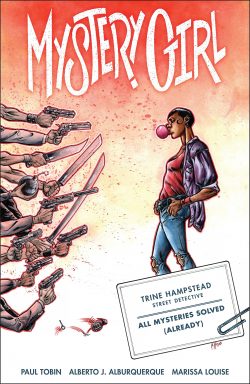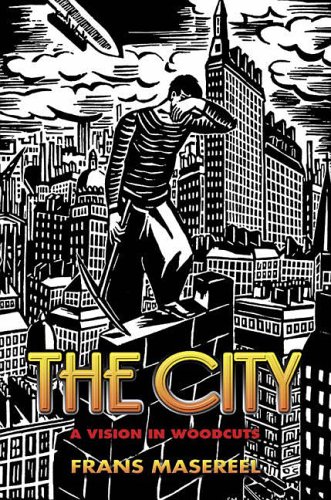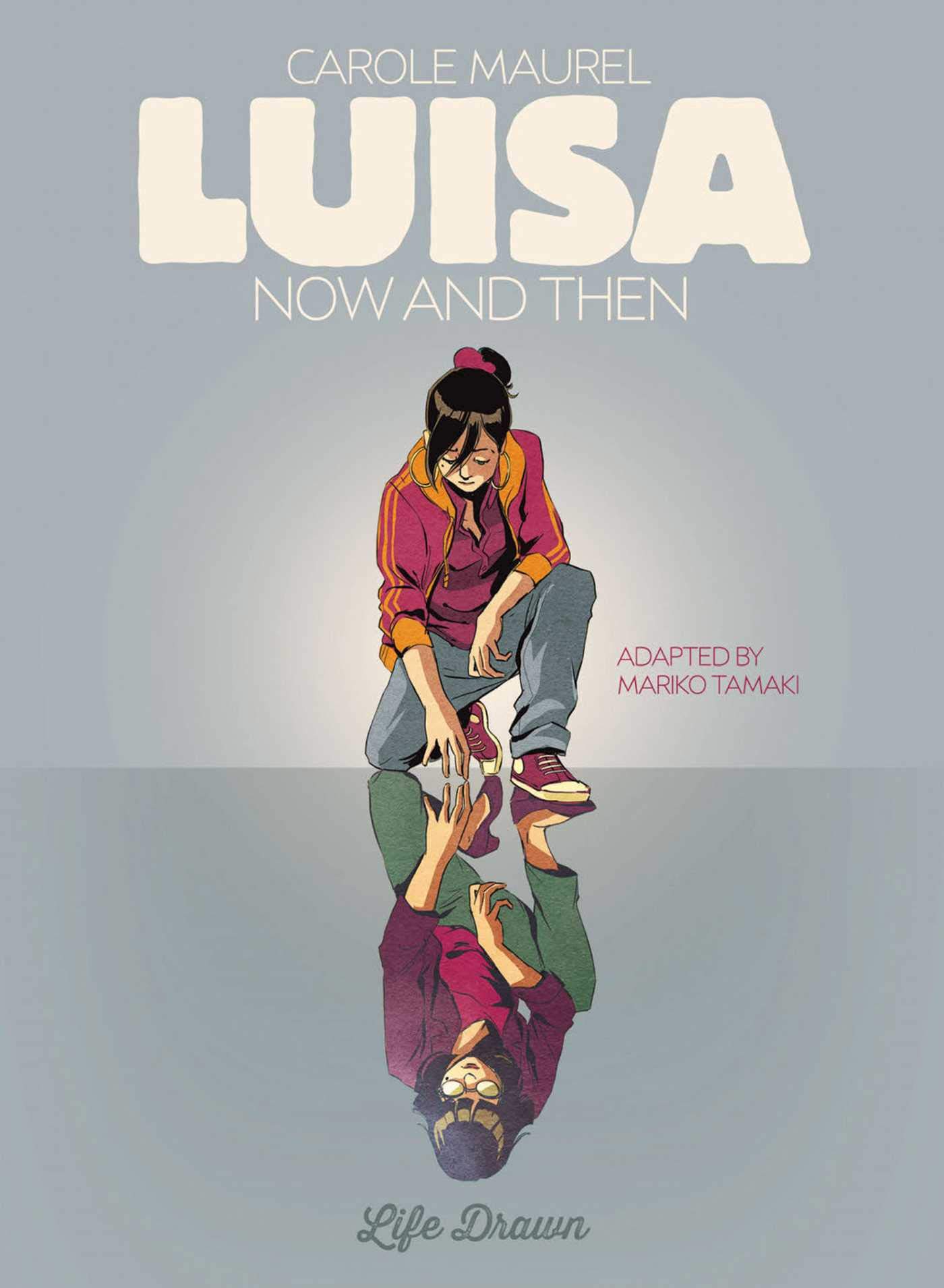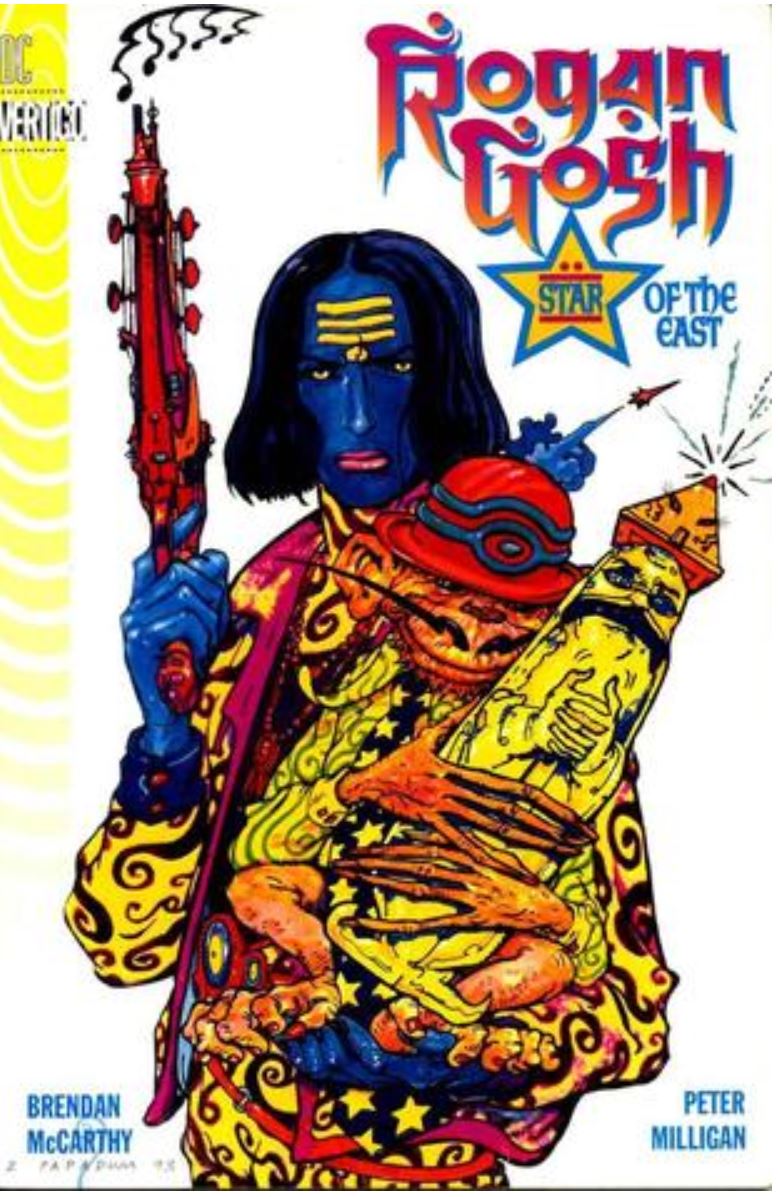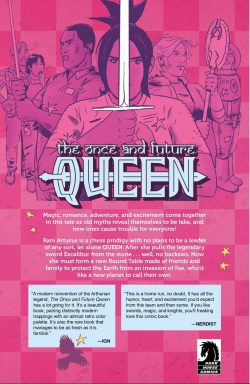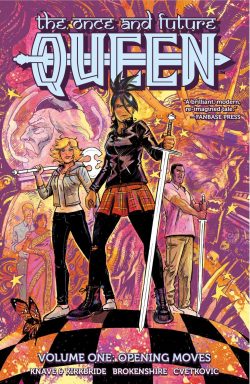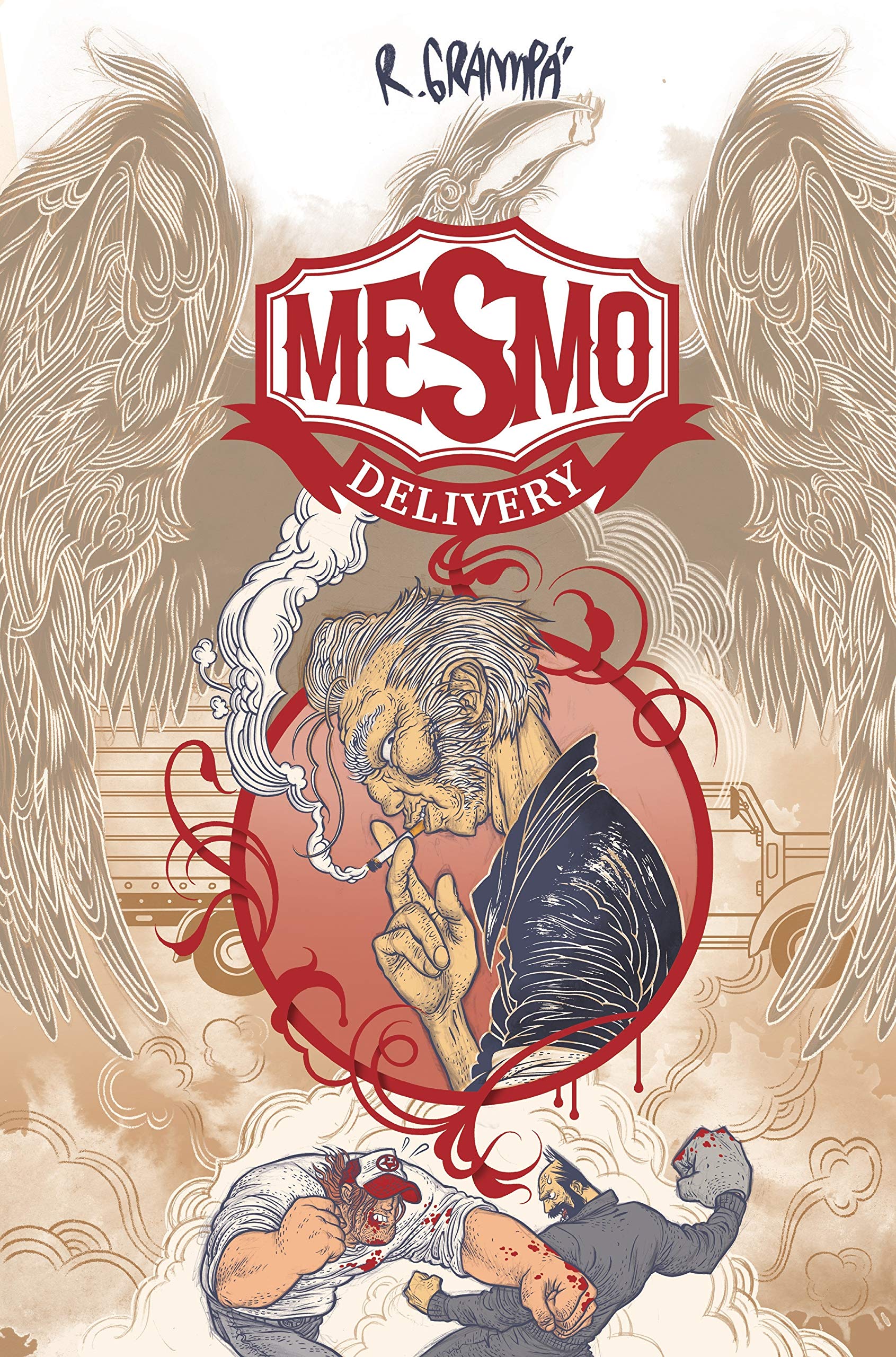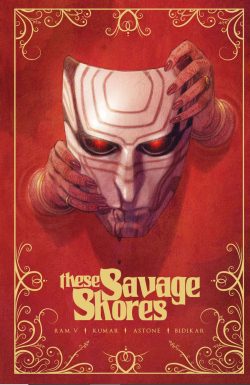
By Marcel Gotlib, François Boucq & Karim Belkrouf, translated by Edward Gauvin (Europe Comics)
No ISBN: Digital only release
In a world that has apparently devolved far beyond the reach of satire and parody – if not quite yet grotesque caricature – it’s always comforting to look back and recall a time when such creative acts had some effect on morality if not actual behaviour. Once upon a time everyone in Europe believed that the French, British, Germans, Italians, Spanish, Belgians, Irish, Scots and all the rest languished, locked into cultural acts and idiom that made them all unique unto themselves, even as politicians became unwilling “guest stars” in numerous strips.
These days we just call it racism and acknowledge that nearest neighbours are the ones we argue with most, but that doesn’t mean that Asterix, Spirou, Lucky Luke, Clifton and all the rest aren’t still hilarious…
The most comforting aspect of the situation was that the nationalistic, jingoistic True Believers of every nation have always been best taken to task by their own fellow citizens, calling out their innate idiocies via comedy and cartoons. In France, the tradition achieved greater impact when adult comics pioneer Marcel Gotlib (1934-2016: Les Dingodossiers; Rubrique-à-Brac; Clopinettes; Gai-Luron; Pervers Pépère; Hamster Jovial) united with artist Jacques Lob (1932 – 1990): maker of Jerry Spring; Ténébrax; Submerman; Blanche Épiphanie; Ulysse; Snowpiercer and more. As a united front they confronted Gallic nationalism head-on by pinching an idea from America to create a Patriotic Superhero for the post-De Gaulle era…
Superdupont was a strip spoof of patriotic costumed crusaders, targeting France’s ingrained national attitudes in the manner many British comedians today have used when lampooning “frothing Gammons” and “Little Englanders”. Feel free to carry out your own research on those terms…
The strip debuted in the September 21st 1972 issue of increasingly radical comic Pilote, prior to colonising Gotlib’s own mature-reader publication Fluid Glacial three years later. The reason for Superdupont being a collaborative effort is wonderfully egalitarian and fraternal too. When writer/artist Gotlib and Jacques Lob discovered they had both simultaneously come up with the same idea, they joined forces and achieved an even greater satirical synergy as “GotLob”!
They soon relinquished art duties to Alexis (Dominique Vallet) until that artist died in 1977, and thereafter workshopped irregularly seen releases over the years: episodes encompassing visual and verbal contributions from and joint efforts with Jean Solé, Daniel Goossens, Al Coutelis, François Boucq & Karim Belkrouf, Lefred-Thouron and even original American inspiration Neal Adams, who all contributed after Lob’s untimely death in 1990. Sadly, no-one has felt able to continue the feature since Gotlib’s passing in 2016…
In that year, the six original collected Superdupont tomes were at last supplemented by one final sally from Gotlib, in conjunction with modern marvel François Boucq (La Vie, La Mort et Tout le Bazar, Les Leçons du Professeur Bourremou, The Magicians Wife, Face de Lune, Bouncer, Le Janitor, Jérôme Moucherot), and his frequent work-partner Karim Belkrouf (Rock Mastard, Cocktail Transgenic). Superdupont: Renaissance introduced a fresh face to the francophone oeuvre as the mighty modern champion of all things Gaul returned in the role of proud father…
One point to remember here: a big part of Gotlib’s legacy was the brutal enforcement of a modern adult sensibility to the previous kid’s only comics biz. It shows in much of his comics work and particularly in his editorial stance and choices as co-founder of Fluide Glacial and L’Écho des savanes. In Superdupont, it’s seen as deliberately crass and vulgar situations, scenarios and language as well as cruelly satirical social commentary. If you can’t handle it, don’t look, but truly it’s no worse than late night TV or the cartoon equivalent of modern radio “shock jocks”…
In the original texts the beret-bedecked wonder was the son of the Unknown Soldier entombed beneath the Arc de Triomphe: super-powered, manically chauvinistic and resolute in his defence of all things French – especially business, colonialism and women. He battled terrorist gang Anti-France and foreigners in general, who all spoke an unruly linguistic polyglot of English, Spanish, Italian, German and Russian he dismissed as “Anti-Français”…
Clad in slippers, baggy slacks with a tricolour belt, striped jersey beret and safety-pinned cape, he led the resistance against modernism and foreign contamination, swilling red wine, smoking Gauloises and eating far too much soft cheese. Despite his powers, the champion of Camembert prefers to punish his many foes with his mastery of boxe française …what us interlopers would likely call “Savate”…
Translated as Superdupont: The Revival, the fun-filled French lessons restart following Gotlib’s fond reminiscences on the creation of the Gallic Guardian – and his reasons for returning – in revelatory Introduction ‘The Birth of a Legend’, after which the Good Old Days resume with some shocks and surprises…
The cosmos reels like a DC Comics mega-crossover as a nervous, flying, chain-smoking figure circles the maternity wing of a hospital. Inside the doctors and midwives are panicking at a most unusual birth. After some frantic – not to say gross – moments, Superdupont greets his new son: a bonny baby even more gifted and glorious than his proud sire…
After a rapid flashback précising his parents’ amorous assignation and precarious natal achievement, the early days of Superdupont Jr. detail why and how papa takes over the childrearing in a series of spectacular stunts and training exercises – whilst poor mummy recuperates in the ICU…
The infant’s sky-rending antics and fabulous frolics alarm the nation’s trigger-happy military and – after ‘Superdupont Changes a Diaper!’ – lead to a spot of civil unrest when the nipper starts interacting with alarmed ground-based mortals, prompting Da-Da to deliver a quick lecture on power and responsibility in Real Man style.
Tragically, as Superdupont demonstrates the fine art of saving plunging passenger jets, ruthlessly relentless, ever-present evil strikes, abducting his titanic toddler!
Plunged into despondency, Superdupont digs deep into ‘Le Coeur d’un Père’ before renewing his search, unaware that human devil The Pope of Darkness and his lamentable legion of malign malcontents is trying to contaminate the innocent babe with their own wickedness and create an appalling counterpoint to the champion of goodness…
However, as the furious father closes in, wrecking the assembled arsenal of evil, neither he nor his fetid foes have considered how junior might feel about being a pawn in someone else’s game…
Surreal, splendidly self-deprecating and self-referential whilst unceasingly breaking fourth walls – and a bit of the ceiling too – these raucous romps continually play with the accepted tropes and memes of superheroic fiction and even the graphics and visual lexicon of superhero idiom; adding layers of mirth and meta-meaning to the barbed, concealed critiques of the doomed and decaying world we’re now lumbered with…
If you have a quick mind, strong stomach and a dry wit in need of whetting, this is a ludicrous but lovely laugh-bomb you should not miss. Just don’t do the accent, okay?
© 2015 – DARGAUD – BOUCQ, GOTLIB & BELKROUF. All rights reserved.

